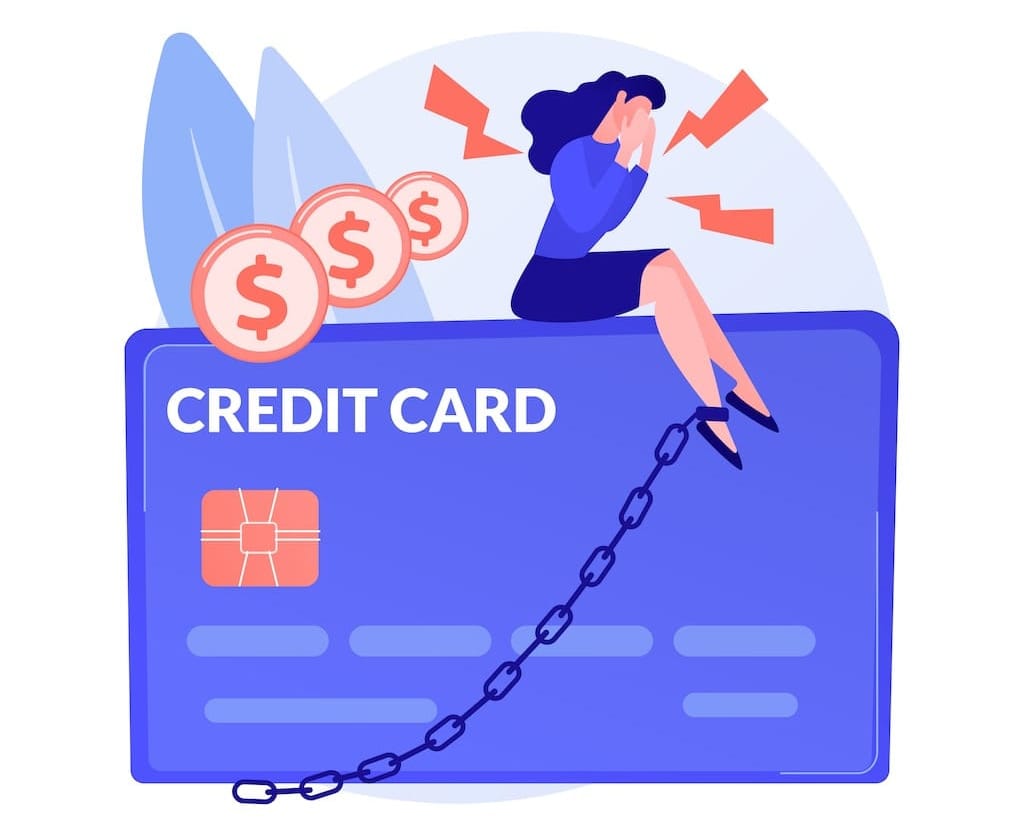
Credit card debt is one of the biggest factors that stands in the way of wealth building. The interest rates are among the highest, and you may be paying more than 20% APR on your credit card balance. And when you factor in an uncertain economy and job situation, you may find the prospect of paying off credit card debt very daunting.
However, even the most intractable of credit card debt balances can be tamed with some systematic planning and disciplined execution. Here is our 3-step process to pay off your credit card debt and get back on track with your finances.
Credit card debt tends to have extremely high interest rates, with average APRs being over 20%. To start with, focus your efforts on reducing the interest rate first.
Here are some options you can try:
You can call your credit card company and negotiate with them to reduce your interest rates, especially when you have a good credit score. It may not always work, but there is nothing to lose by trying.
Try to see if you can transfer debt balances to a lower APR credit card, especially one with a 0% introductory offer. If you are able to get a good deal on a lower APR card, it can save you thousands of dollars in interest payments.
However, there are some important considerations to look into before transferring your credit card balance.
Transfer fees: Many credit cards charge a 3% to 5% balance transfer fee. So first do the calculations to make sure the fees are worth it and lower than the interest rate payments you will save on the higher APR card.
Credit limit: The amount you want to transfer should fit into the credit limit on the new card. You will not be able to transfer an amount that exceeds the credit limit.
Can you pay off the card before the introductory offer ends? Typically, the 0% or lower interest rate on the new card is valid for a period of time, after which a high interest rate will take effect. Therefore, you should be sure that you can pay off the debt within the time you are eligible for the lower interest rate and before the higher rates kick in.
Make an inventory of all your debt balances and their interest rates. Add up all these debt balances to get a full picture of your debt situation and your net worth.
Planwell helps you capture all your credit card debt in one place as a first step towards achieving financial independence.
Next, look at your overall financial picture and your monthly and annual budget.
If you have some cash available, it is usually better to use it to pay off high interest credit card debt.
Focus on your spending & your budget
Eschew the spending that got you in this position in the first place. Thereafter look at your budget to see areas where you can cut expenses. The 50/30/20 rule is a very useful rule of thumb to help you plan your budget. This rule states that 50% of your budget should go towards ‘Needs’, 30% towards ‘Wants’ and 20% towards ‘Savings’.
When your debt is very high, you may temporarily need to take money allocated to ‘Wants’ to pay off debt. Perhaps you spot opportunities in dining or shopping or other discretionary expenses. You may even be able to sell off assets that you do not need as much, such as furniture or an expensive car and use the proceeds to pay off debt.
If you carry multiple loans, sit down and work out a repayment plan. You can use one of the following options
Debt avalanche
With the debt avalanche approach, you would tackle the highest APR debt first, pay it off and then move to the next highest APR debt. This ensures that you minimize the interest payment that you would be making on your debt. You make minimum payments on all other debt balances and direct all your funds towards the highest APR debt at any given time.
Debt snowball approach
An alternative approach is the debt snowball. In this approach, you would pay off the smallest debt first, then the next biggest debt and so on. The benefit of this approach is that this can be a good motivator and psychological boost and encourage you to keep making progress on paying off debts.
Credit card debt tends to have extremely high APRs of >20%. It is hard to achieve these returns with investing. Therefore, in most cases, it is best to pay off the credit card debt before you start to invest.
Paying off credit card debt is possible with a bit of planning and a disciplined approach to budgeting. Using a tool such as Planwell can help you plan all aspects of your finances.
We are building Planwell, a fully automated AI financial advisor and planner to help people make financial decisions that are super personalized to their goals and financial situation. Planwell uses its own financial models to ensure accuracy under many different scenarios. The data visualizations are intuitive and easy to understand and take action.
We will be launching the product very soon. Stay tuned for an update. In the meantime, check out our blog posts to help you plan your finances.